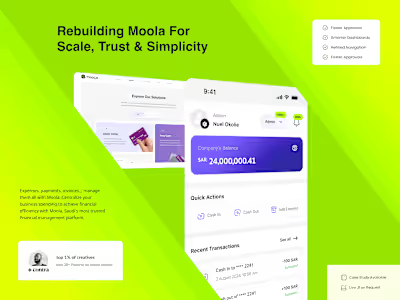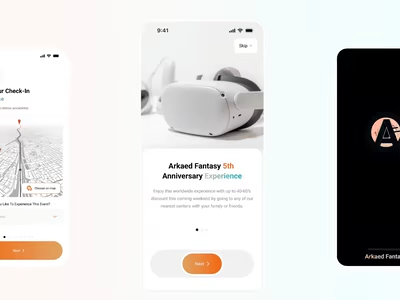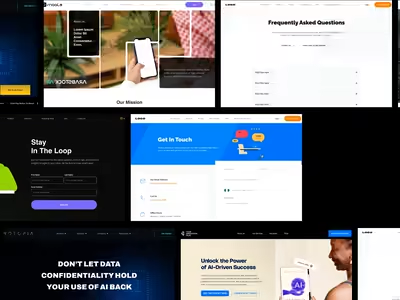Built with Framer
StarScreem: From Concept to Product
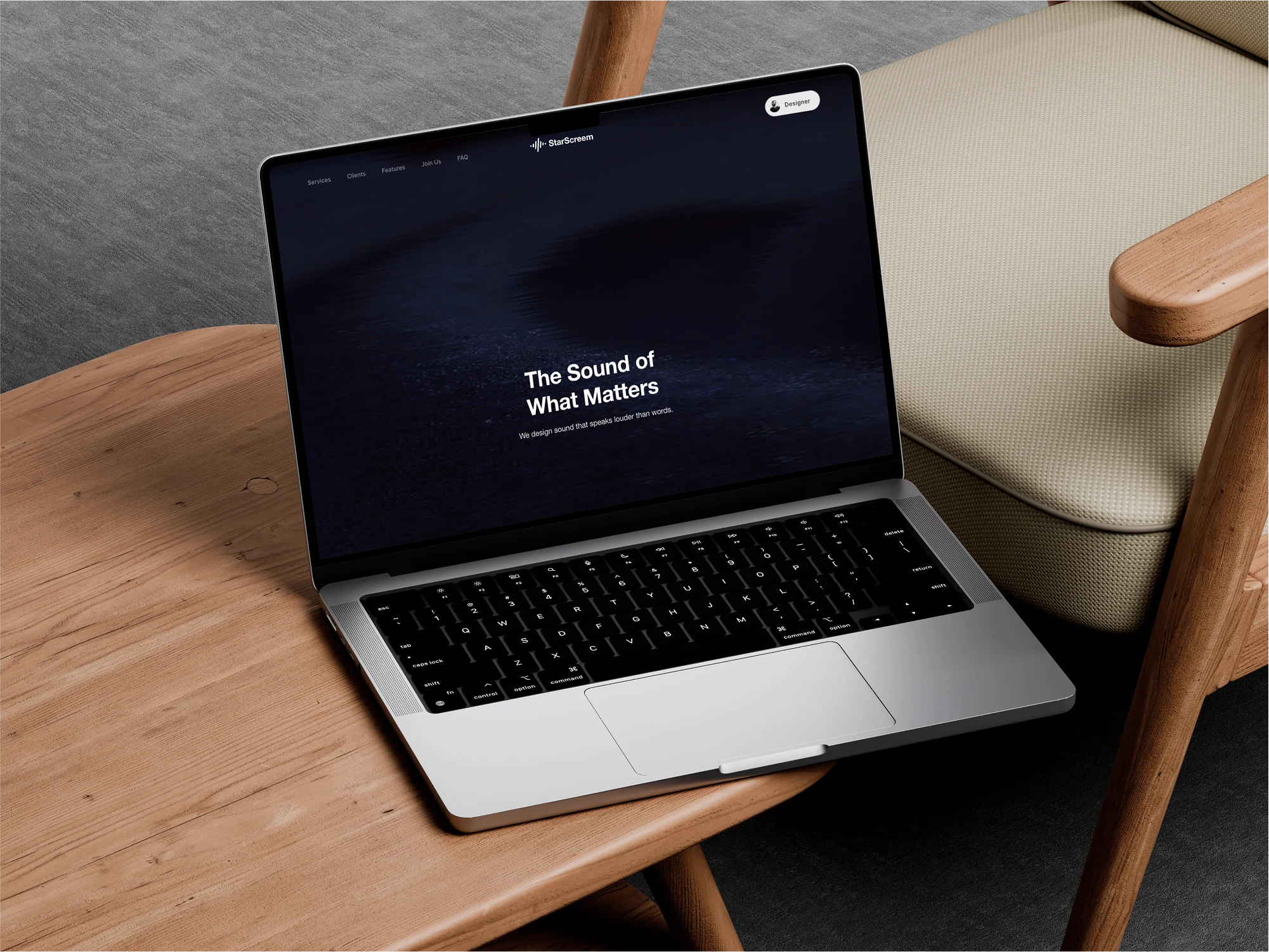
The Challenge / Intent
Audalize didn’t work out, but the bones were too good to waste.
So I flipped it: what if I turned a failed concept into a working, living product?
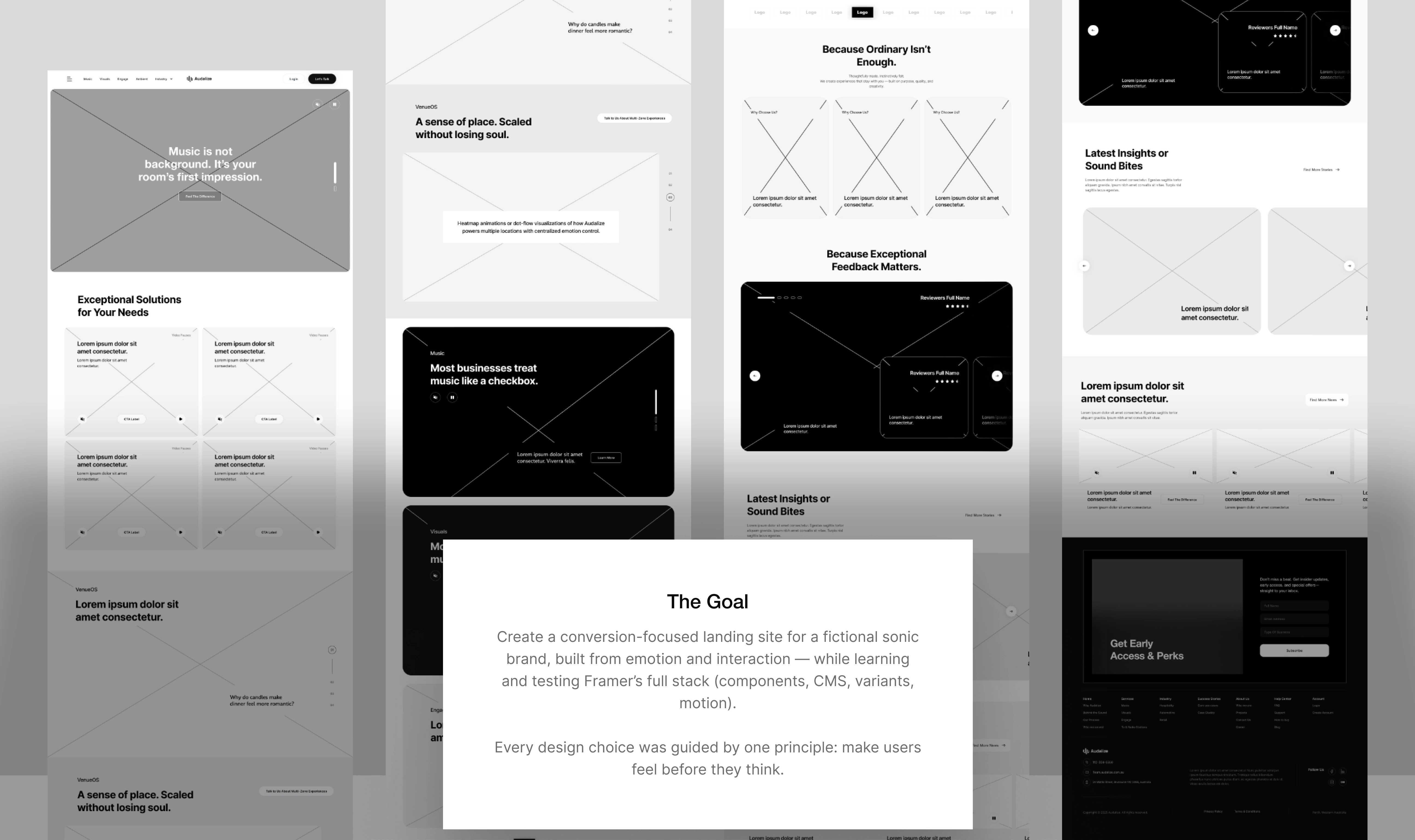
Design Exploration (Figma Phase)
Started with low-fidelity wireframes focused on hierarchy and story rhythm.
Evolved to high-fidelity visuals that emphasize movement, contrast, and intent.
Every section was treated like a musical phrase, rhythm, pause, release.
When it felt right visually, I moved to Framer.
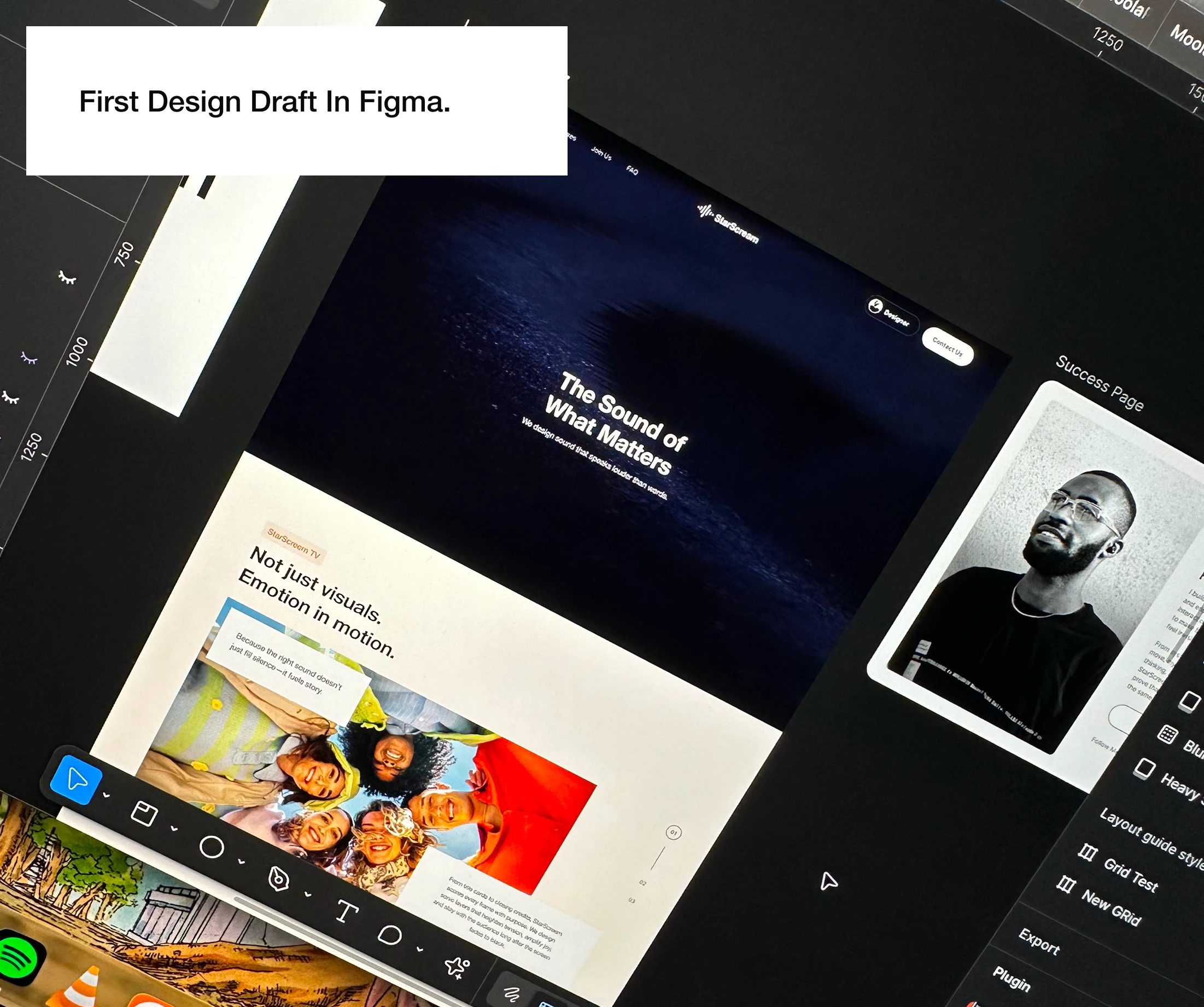
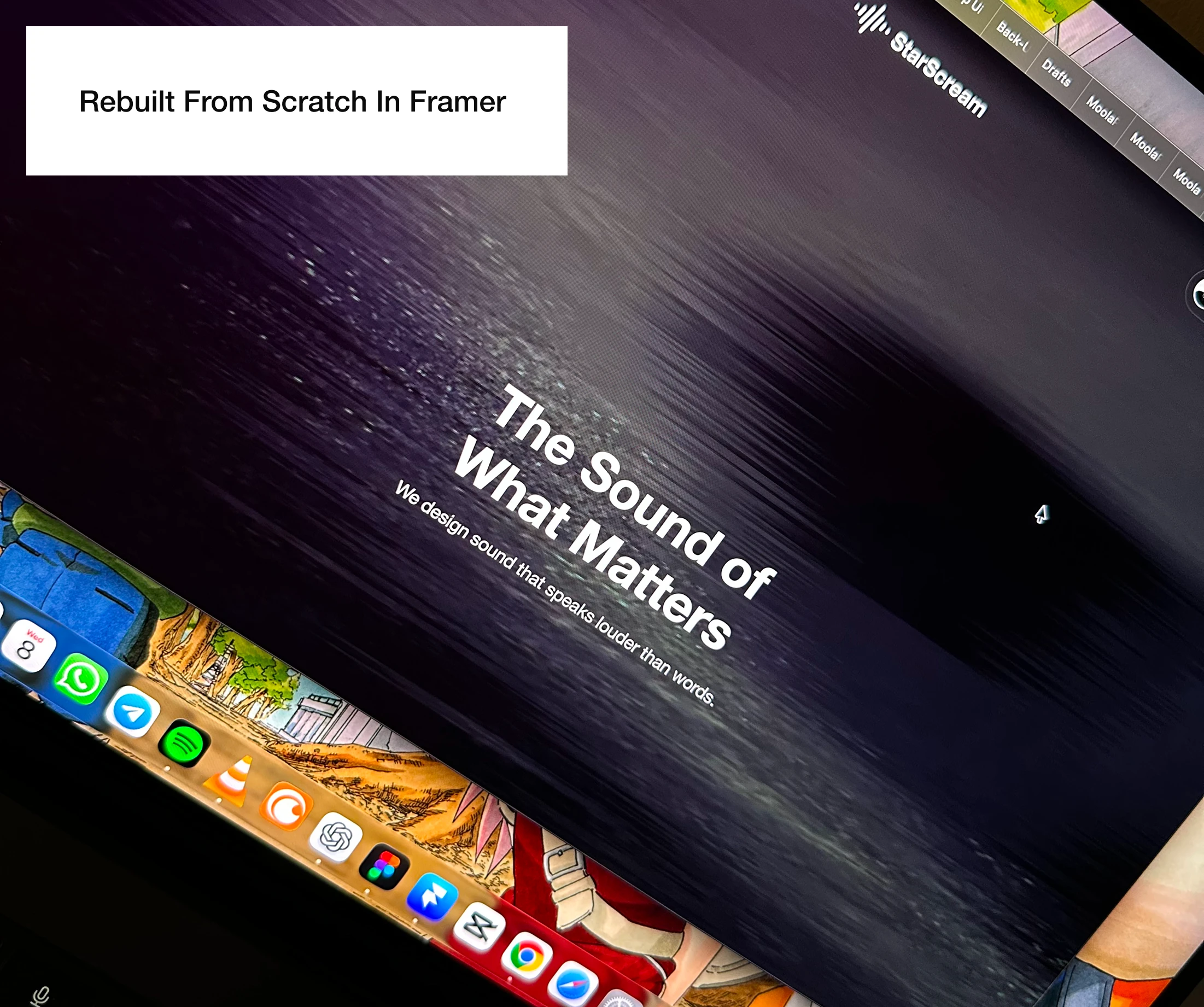
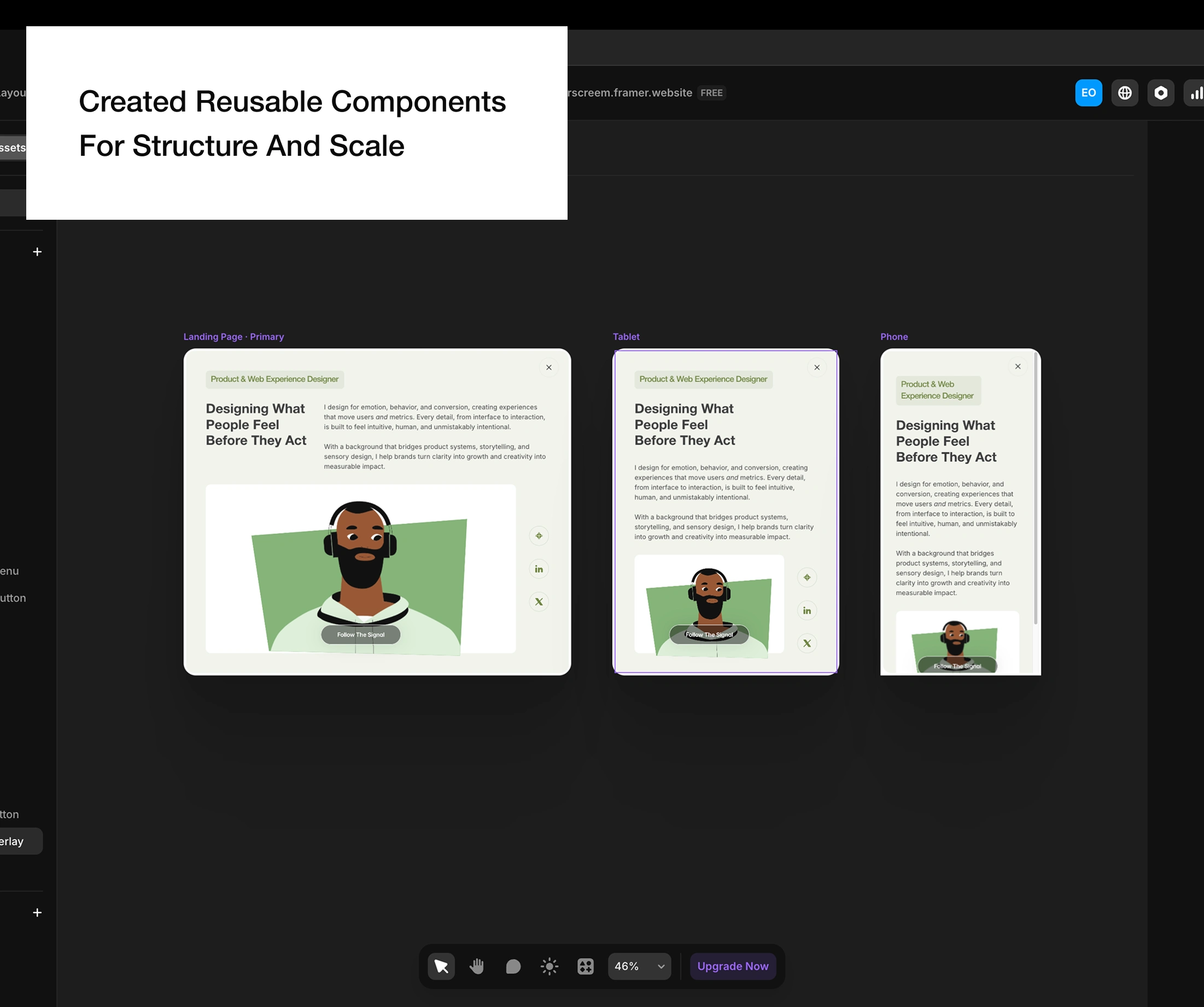
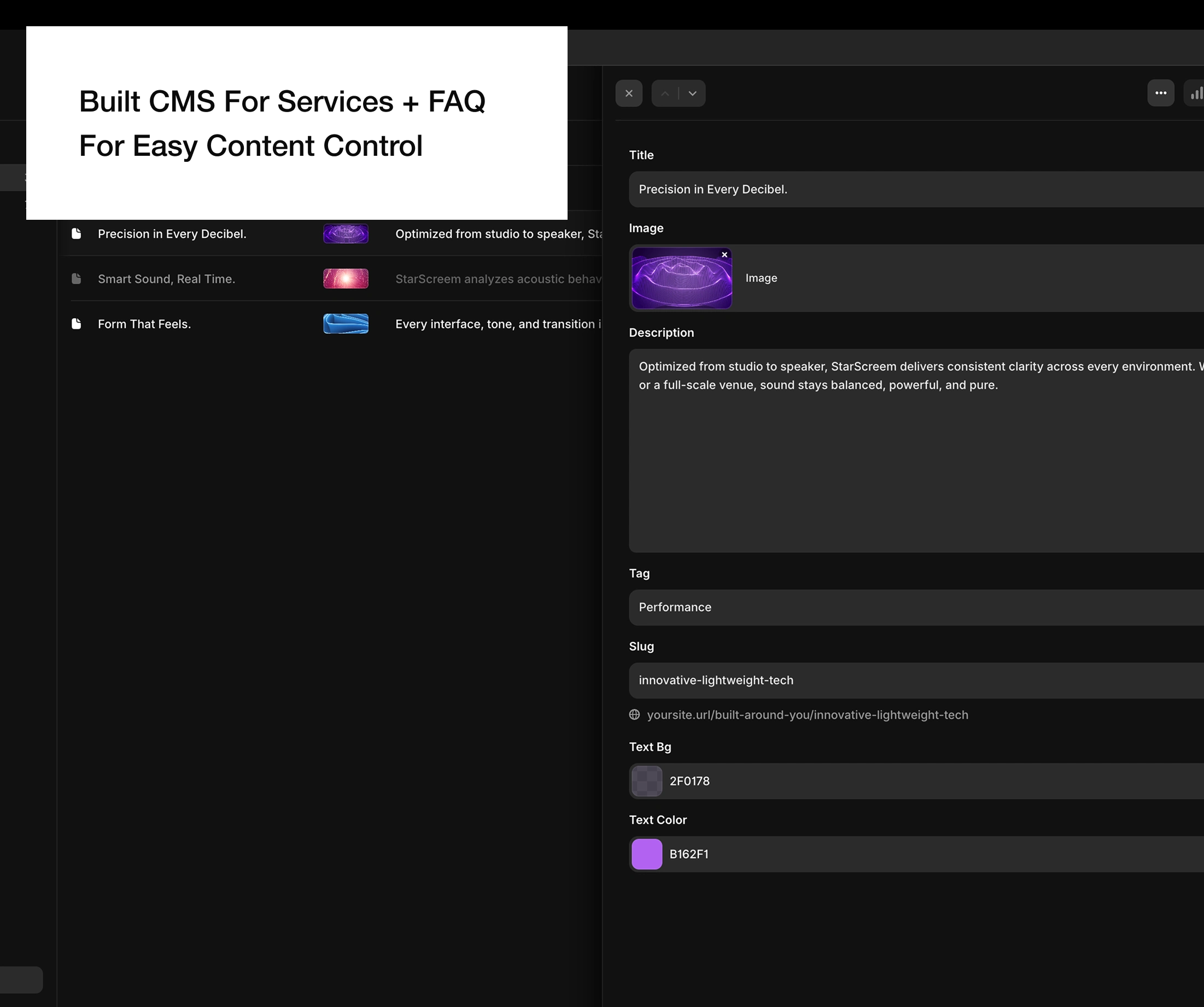
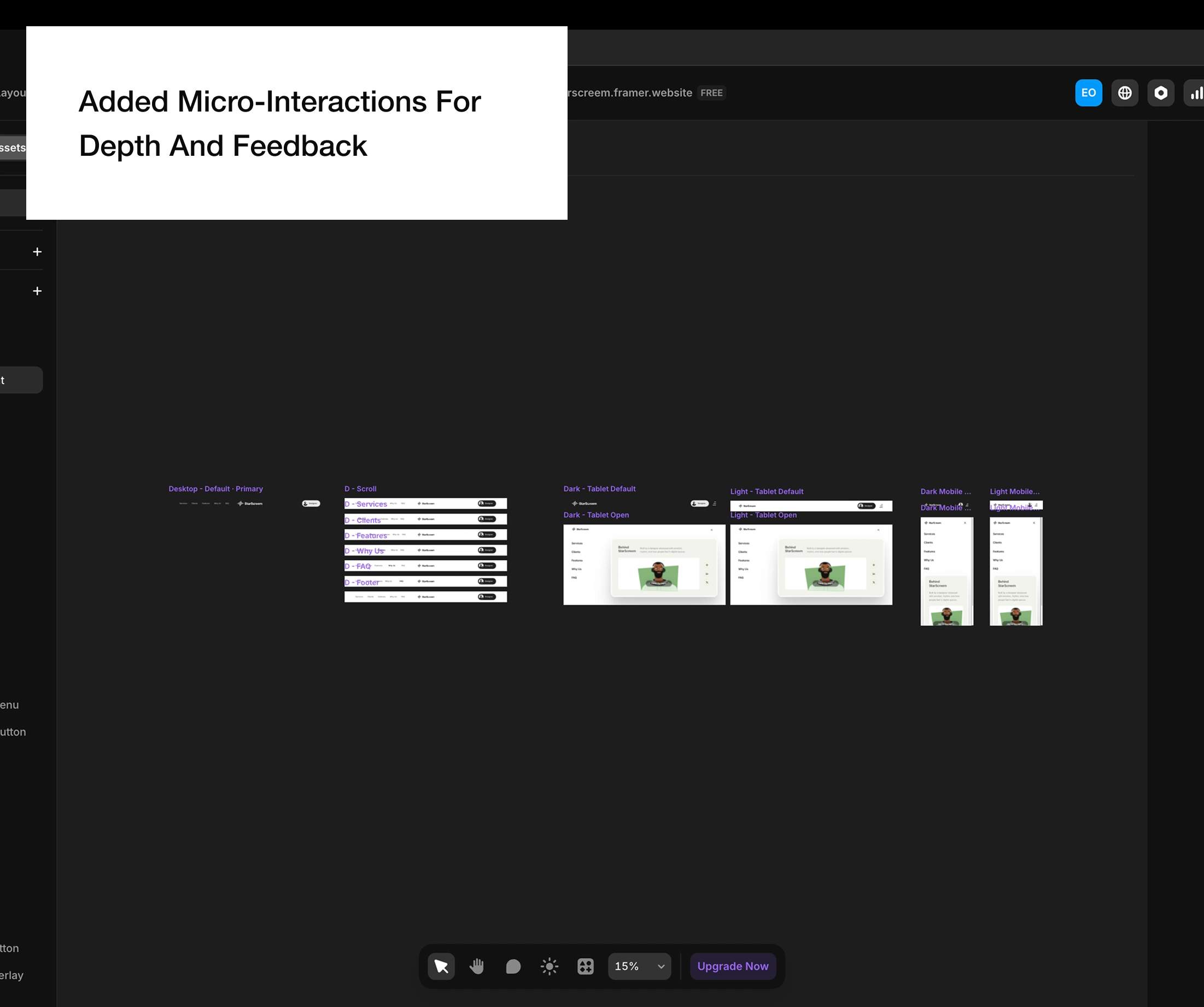
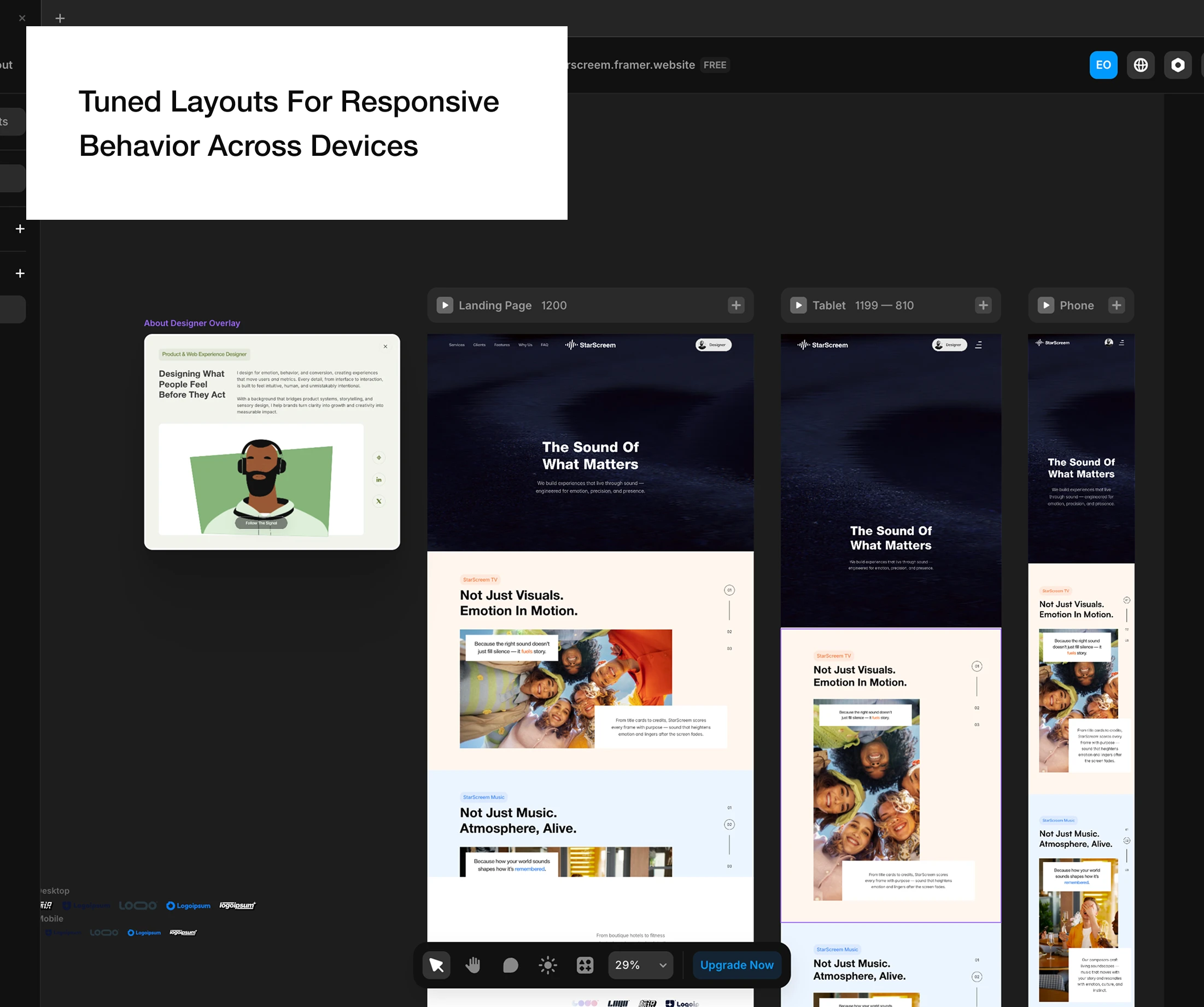
It wasn’t just a design test, it was a systems test.
Conversion & Behavior Focus
Every decision answered one question:
“How do I make users stay longer, and feel something while they do?”
StarScreem’s flow was designed to control attention: short lines, breathing spaces, contrast-heavy headlines.
No unnecessary motion, no clutter. Just emotion-led clarity.
Launch & Validation
Launched it. Shared it.
Within 2 hours, the Framer team reviewed and approved my Expert Badge.
It started as a self-challenge, ended as validation.
Proof that design isn’t just about visuals. It’s about learning by building.
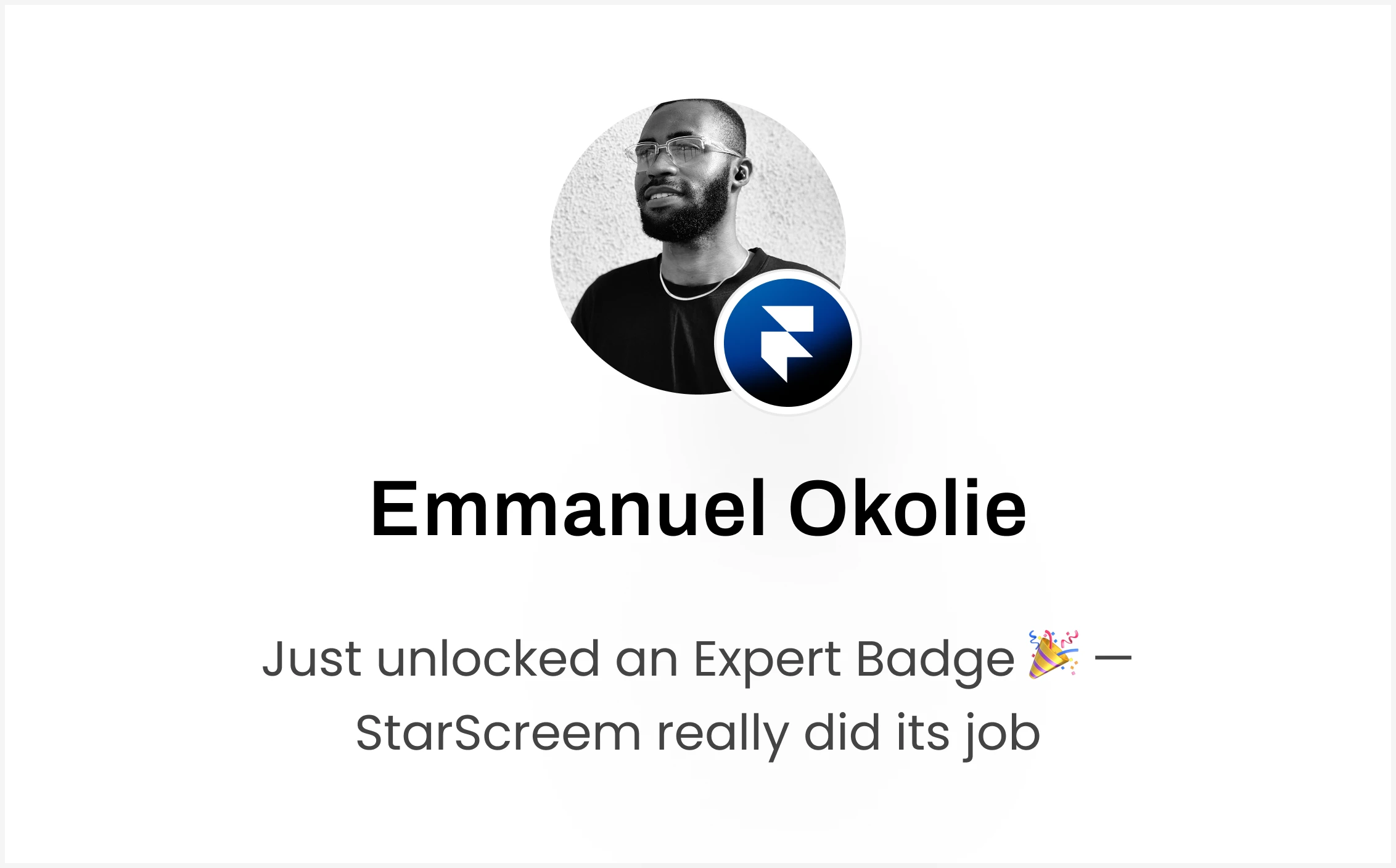
Reflection / Key Takeaways
StarScreem reminded me that:
Systems thinking = scalability.
Emotion + logic = conversion.
You learn faster when you build in public.
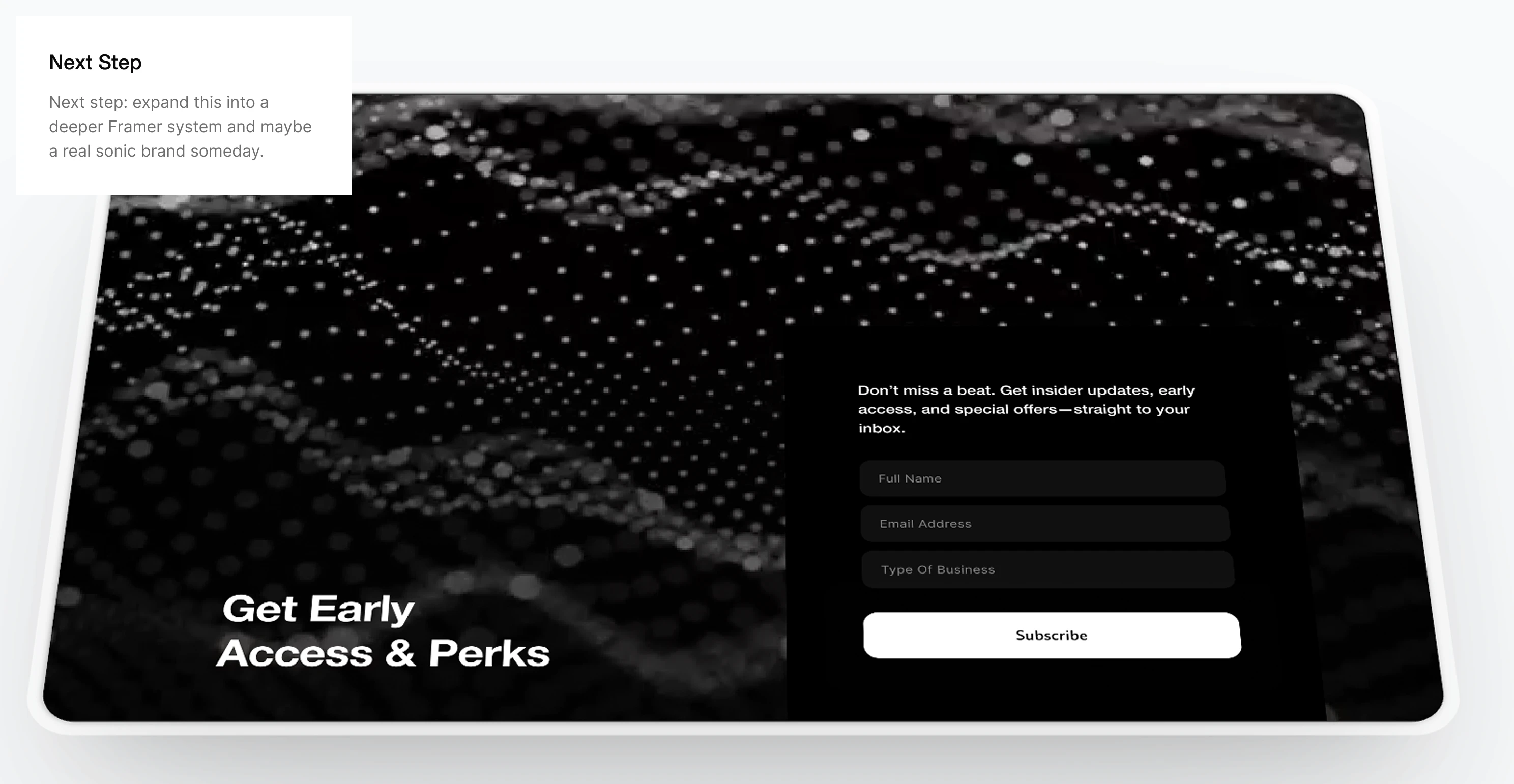
If your brand wants to make people feel before they think,
you’ll want someone who builds that way.
Like this project
Posted Oct 13, 2025
I took an abandoned project (Audalize) and reimagined it as StarScreem, a full Framer build exploring how design, sound, and behavior can work as one experience
Likes
0
Views
18
Timeline
Oct 8, 2025 - Oct 10, 2025





